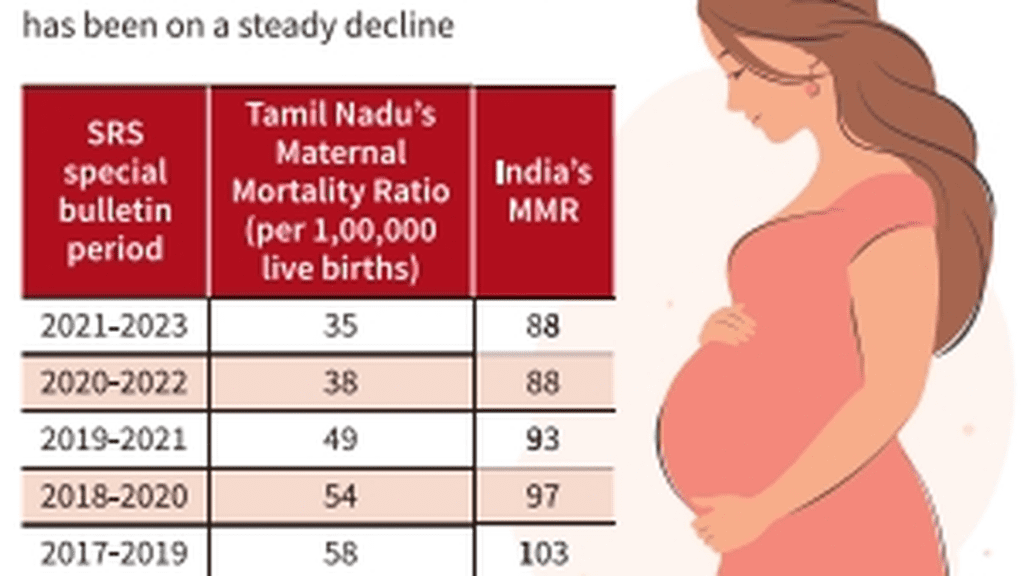Net Run Rate in cricket: What it is and how it works

Net Run Rate in cricket: What it is and how it works
Net Run Rate (NRR) is the key tiebreaker in cricket tournaments, yet it often confuses fans. It’s a simple formula that compares a team’s scoring rate to its opponents, impacting qualification scenarios.
Here’s all you need to know about it.
A: Net Run Rate (NRR) is a statistical method used to break points table ties in group stages of white-ball tournaments. It measures a team’s scoring efficiency compared to its opponents over the course of a tournament.
A: NRR is determined using the following formula:
NRR = (Total runs scored / Total overs faced) – (Total runs conceded / Total overs bowled)
This means the difference between the average runs per over a team scores and the average runs per over they concede.
A: If a team is all out before completing its full quota of overs, its run rate is calculated based on the total overs it was entitled to, not the overs it actually faced.
Team A scores 200 all out in 40 overs (in a 50-over game).
The run rate is calculated as 200/50 = 4.00 rpo, not 200/40.
A: Winning a match by chasing a target quickly can significantly boost NRR. Conversely, a slow chase can have a lesser impact.
Team A scores 250 in 50 overs.
Team B chases it in 40 overs.
Team B’s run rate: 250/40 = 6.25 rpo.
Team A’s run rate: 250/50 = 5.00 rpo.
NRR impact: (6.25 – 5.00) = +1.25 for Team B.
A: If a match is shortened and a result is achieved via DLS, the revised target is used for NRR calculations.
Team A sets 280 in 50 overs.
Rain reduces Team B’s innings to 40 overs with a revised target of 220.
If Team B scores 200 in 40 overs, their run rate is 200/40 = 5.00.
For NRR, they are considered to have conceded 220 runs in 40 overs (not Team A’s original 280 in 50).
A: NRR often decides which teams advance in case of equal points. A high NRR provides an edge in qualification scenarios.
Published on Feb 27, 2025










